- December 4, 2017
- Posted by: Abhay Das
- Category: Digital Assurance

As we know, automated testing, especially framework-based, offers several benefits. There is a reduction in testing effort, testing schedule, better regression-testing, greater test coverage and improved productivity.
However, as the demands of customers for better products increases, the need for constant improvement and innovative ways to speed up the testing process, as well as make it more efficient increases.
A survey across three years from 2014-2016 shows that while in 2014, the releases were not even monthly, in 2015, 57 per cent were reported to have released code into production either weekly, several times a week, or even several times in a day.
About a quarter were said to release code monthly, while only 10 per cent releasing it quarterly. By 2016, 66 per cent were deploying code weekly or more frequently.
To match this pace, the automation element in software testing services need to go up as well as advanced techniques need to be introduced to make it more efficient.
Seven techniques to further improve automated testing
1) Implement generic tests for all the layouts
Typically, manual triggers are needed to test apps across different devices, platforms, browsers and the screen sizes, though the testing within an environment can be automated.
Are you Test Automation Ready? Find out
Test Automation
For automated triggering of testing, low-level keywords fork as per the device it interacts with.

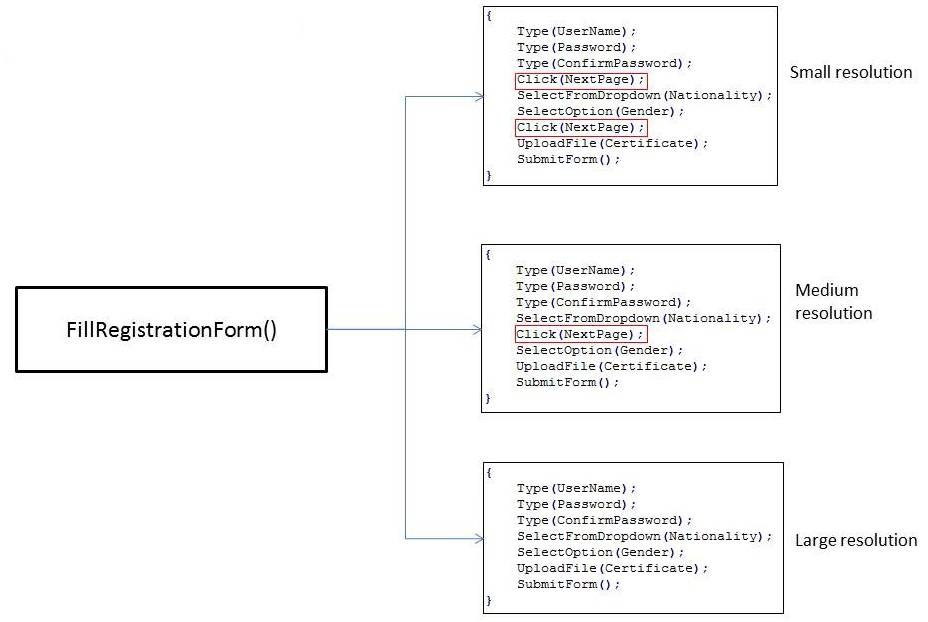
2) API Testing
API components, given the proliferation of cloud, are becoming very popular amongst developers. Programmable Web, a source of news and information about Internet-based application programming interfaces (APIs), lists 16,590 APIs in its database.
They lack a graphic interface and API testing requires testing for functionality, reliability, performance, and security at the message layer and is manual. A script with a global variable can be written to automate such API calls.
The first request issues the token, which will be stored in the global variable and be used for the subsequent API calls.

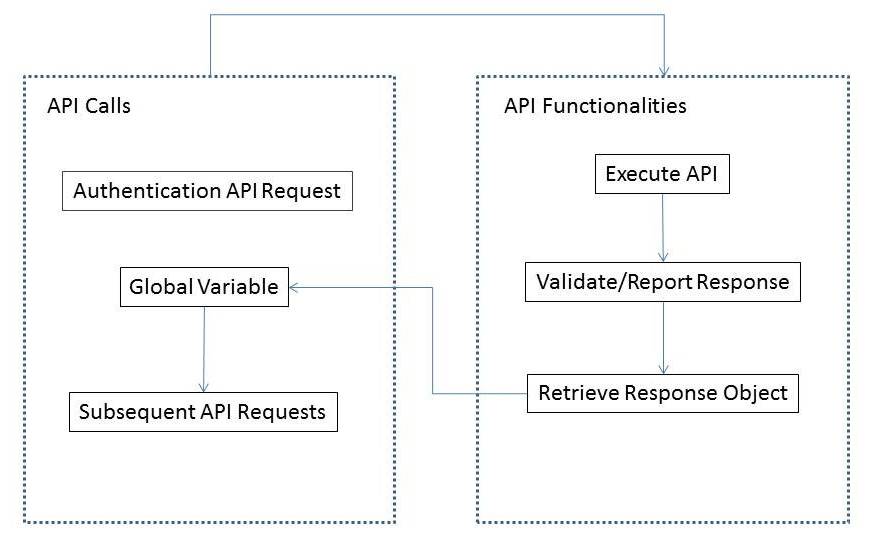
3) Web Service Testing
For testing the web services, input data needs to be changed to test for variations. It requires modifying the XML/JSON input structure every time to accommodate the data change.
Automated testing frameworks such as Indium’s iSafe allow even non-technical users by maintaining the required data in Excel, allowing the tester to change the variables there and call it when needed without touching the XML.
It also reduces the burden of having to remember variables already used to avoid duplication, which can give rise to new errors.
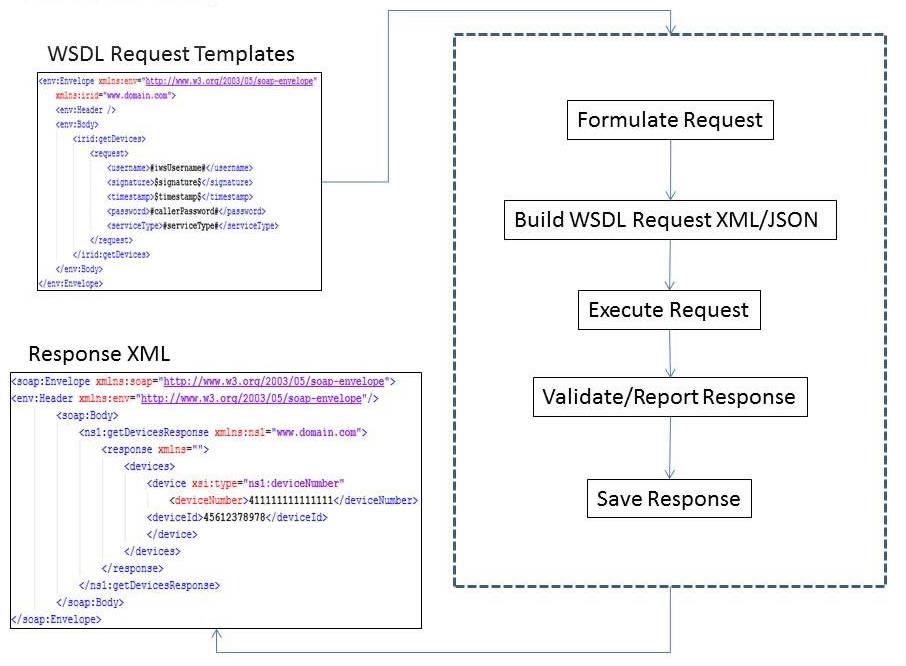

4) Testing for Updates
When testing for updated features in web services, a new user ID needs to be created each time so that cache does not influence the outcome.
However, this can be challenging for the tester. To overcome that, a script can be written to restore the database by removing the new changes or clean it up to enable reusing the same information.
5) Parallel Testing
While some tools such as BrowserStack and NCrunch allow parallel execution of test on different devices, a few don’t.
An automated script can enable this on different real and virtual machines, triggering the testing one after the other, with just a short lag between each, giving an illusion that the tests are running in parallel.
This parallel testing increases the number of executions at any given time, thus proving time effective.

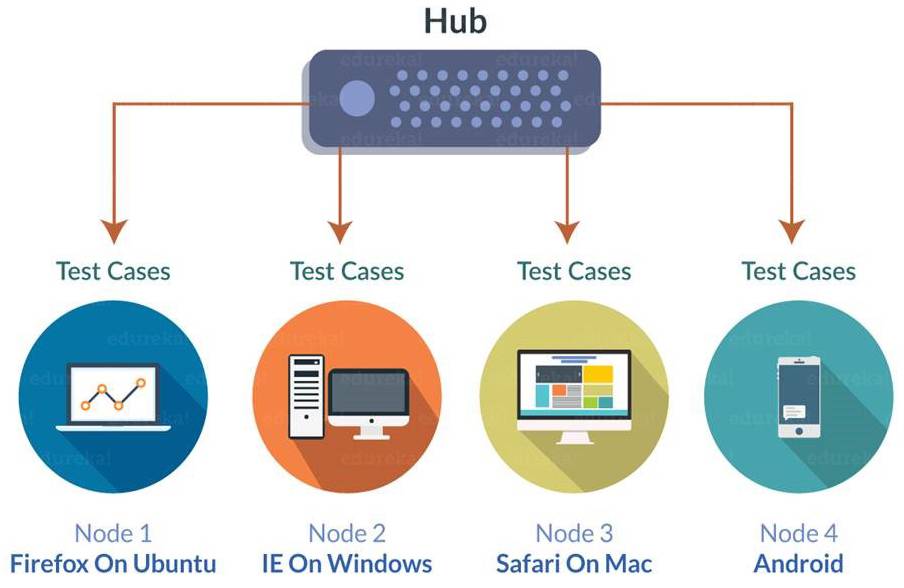
6) Socket Programming Testing
Some programs, such as in the case of socket programming, require testing on the local machine, on the server and then back to the local machine.
The tester needs to pause the testing on the local machine, access the server to test some components there, and then resume testing on the local machine.
Instead, a handshake code can triggers the testing on the server from the local system and back as needed without the need for manual intervention in distributed testing environment. Apart from making the process more efficient, it can also save all the manual efforts. (screen 5)

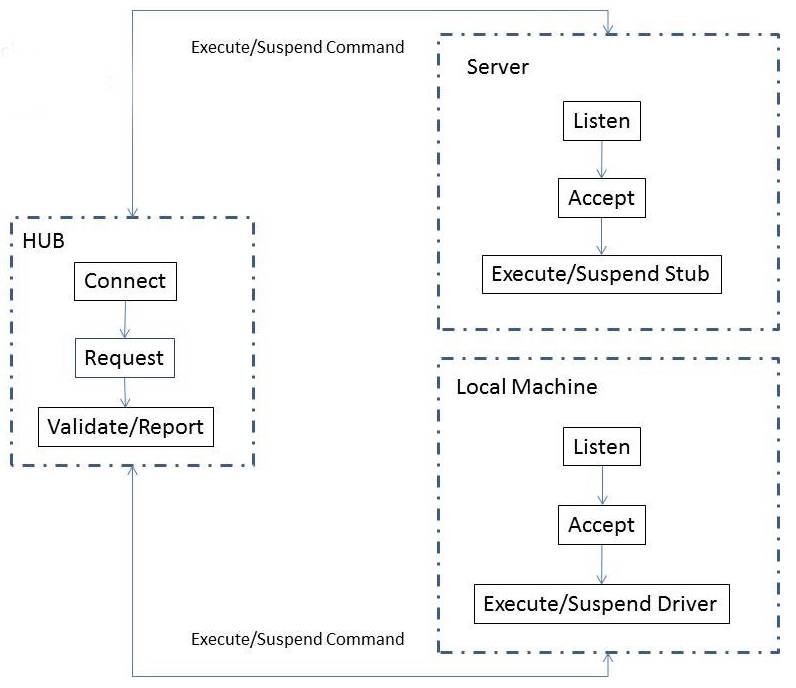
7) Keyword Testing
For web services, one of the critical ways to generate traffic that can translate into revenues is through relevant advertising that will ensure good footfall.
Keywords are important and only if appropriately selected will they have the required impact. For instance, advertisements for sports-related wares should pop up if the content is about sports.
Is Your Application Secure? We’re here to help. Talk to our experts Now
Inquire Now
Pushing it into content related to politics or movies will not have the desired impact. Currently, the relevance is checked manually, but this can be automated too.
Through advanced techniques for automated testing, the quality and efficiency of testing improves and also frees up resources to focus on areas that need manual intervention and human intelligence.
It also helps the testing team to anticipate and be ready to test builds without much time lags, thus compressing the design to production time lag further.
